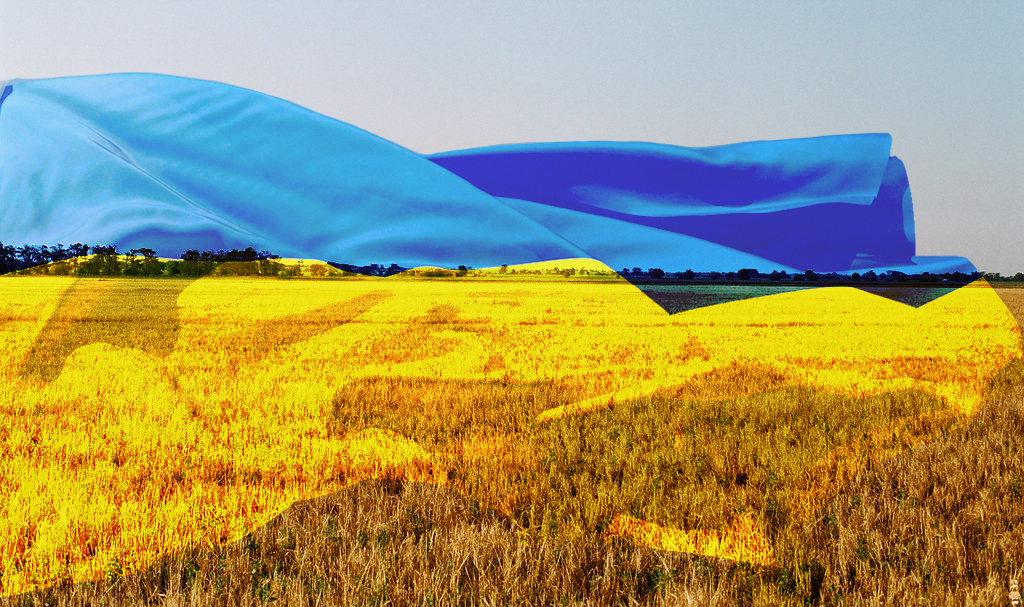



Article by: Hari Yellina
Traditional agricultural commodity flows around the world have been significantly interrupted as a result of Russia’s invasion of Ukraine. As both countries play a critical role in delivering grains and vegetable oils to customers around the world, this has brought global food security into sharp focus. The two grain production behemoths have traditionally exported more than 25% of the world’s wheat and barley, around 15% of worldwide maize exports, and up to two-thirds of international sunflower and safflower oil requirements. With grain supplies out of Ukraine’s Black Sea ports halted and no end in sight to the conflict, the European Union (EU) is aiming to fill the hole in 2022-23.
The European Commission predicted that EU exports of common wheat, often known as soft wheat, might reach 40 million tonnes in the 2022-23 crop season, which begins on July 1. This would be an increase from the current season’s 33 million tonnes. The substantial increase in planned wheat exports for 2022-23, according to the Commission, reflects strong global demand and lower production from Ukraine. Due to constrained global supply, the Commission expects a dramatic decline in EU corn imports next season. Imports are expected to be 9 million tonnes, down nearly 36% from 14 million tonnes in 2021-22.
For the stockfeed business, the EU is a net importer of corn, and Ukraine has traditionally been one of its largest suppliers. Wheat consumption is expected to reduce from 38.8 million tonnes this season to 37.6 million tonnes next season, while corn consumption is expected to dip from 64.2 million tonnes to 62.6 million tonnes. Weather allowing, a decision to allow EU farmers to use fallow land for grain cultivation is projected to enhance supply in the coming years. In 2022-23, this strategy is estimated to free up nearly four million hectares of fallow land for grain harvests. While the property will not be the most productive, it will provide farmers with greater freedom. In addition, the European Commission would deploy a 500 million euro financial package to aid farmers in combating rising energy and fertiliser prices, as well as in reclaiming fallow land for agricultural use.
Farmers in Ukraine will also receive support in planting summer crops and tending to winter crops as part of the package. European winter crops began spring in pretty good shape after a mostly mild winter throughout much of the continent. As the crop awoke from winter hibernation, mild weather and enough rainfall in most locations were favourable, allowing for a great start to field operations. However, the persistent dryness in south-western Europe is a source of concern. Production has already been harmed in the Iberian Peninsula’s southern regions, including southern Portugal and south-western Spain.
However, crop development in southern France and northwestern Italy is still in its early stages, and the productivity impact of the unusually dry circumstances is quite minimal at this point. Rain is also needed across the rest of Italy, with the exception of the east coast, as well as Slovenia, Croatia, Hungary, Romania, and south-western Ukraine, to make up for slight moisture deficits and prevent yield loss as the crop matures. Due to unseasonably cold and rainy circumstances, crop development has been delayed along the Italian Adriatic coast, Greece, and Turkey. Nevertheless, if warmer weather prevails, soil moisture will be nearly sufficient to finish the crop.